Get More Value From Your Logs Without Compromising Costs
LogDNA is now Mezmo but the product you know and love is here to stay. Check out our most recent feature enhancements below.

Everyone at Mezmo is (unsurprisingly) obsessed with the power of log data. It is the single source of truth for what is happening in your environment and, when used correctly, provides the insights needed to deliver better experiences. Now more than ever, people across various teams understand the value of having easy access to log data within key workflows. From SREs debugging production incidents, to developers troubleshooting code, and even support engineers trying to resolve customer issues, the number of use cases requiring log data is expanding. When you combine the number of data consumers, rapidly expanding environments, and the proliferation of data sources, it can become a daunting task to manage not just log data, but also costs and resources.
This is why we are excited to introduce a number of feature updates to help our users better control all of these elements. Below you will find an overview of these additions to our platform. Some of these features are available for Mezmo enterprise customers and some are available to both enterprise and self-service customers.
Log Data Restoration
Sometimes users need to access logs outside of typical retention windows for troubleshooting, compliance, or security. While there are solutions in place that would allow a user to retrieve archived logs, they can be tedious and time-consuming. The alternative is retaining their logs for longer in Mezmo , which can add unnecessary costs. Now Mezmo’s Log Data Restoration feature allows a user to store their logs more cost-effectively in cold storage, and then quickly and easily recall them back into Mezmo when needed. With this feature, a user not only saves time and money, but the headache of having to retrieve old log data from that backroom filing cabinet. To find out more about Log Data Restoration, check out our documentation.
This feature has exited beta status and is now available to all Mezmo customers.
Usage Quotas and Index Rate Alerting
Usage Quotas and Index Rate Alerting were introduced for enterprise customers in 2021. Today we are announcing that they are available for self-service accounts as well.
Control is a major theme of Mezmo. Users can already set gigabyte-based usage thresholds inside of Mezmo on a per-month basis. Those per-month usage thresholds can also be combined with corresponding email alerts when certain percentages of a user's thresholds have been achieved. With Usage Quotas, users can now set gigabyte-based usage thresholds on a per-day basis in addition to a per-month basis. More importantly, when users hit set percentages of their limit, they can now elect to start excluding logs from being stored in Mezmo. For more information on Usage Quotas, check out our documentation.
Similarly, Index Rate Alerting allows a user to receive notifications based on spikes in data ingestion into Mezmo. Index Rate Alerting can be especially useful to alert an admin that something is going on within their system. To learn more about Index Rate Alerting, visit our documentation.
To implement Usage Quotas, Index Rate Alerting, and Log Data Restoration contact your Mezmo rep. If you’re not a Mezmo user yet, sign up for a free trial and get access to these and other award-winning features.
In addition to these three features, we are also excited to announce that we have added even more functionality for our customers currently on enterprise plans.

Variable Retention
Now Mezmo enterprise users have the flexibility to store logs in the Mezmo user interface (UI) for only the amount of time that they are relevant. Logs that may have been previously excluded, like debug logs, can be saved for just a few days in case they’re needed for an urgent incident, while transaction audit logs can be saved for a whole month. Variable Retention rules can be easily set up by specifying a Mezmo search syntax to match relevant logs and the desired retention length. For more information on Variable Retention, please visit our documentation.
Enterprise Organizations
Lastly, Mezmo is introducing Enterprise Organizations, a suite of features that gives Mezmo enterprise users with large deployment scenarios more control along with the ability to fine-tune their enterprise account setup. With Enterprise Organizations, account admins can grant different users different levels of access, create parent and child accounts, and manage single sign-on access. To learn more about Enterprise Organizations, check out our documentation.
Any customers who are currently on an enterprise plan and are interested in trying these features out can contact their account manager. To learn more about the benefits of our enterprise plans, check out this data sheet or see them in action by requesting a demo.
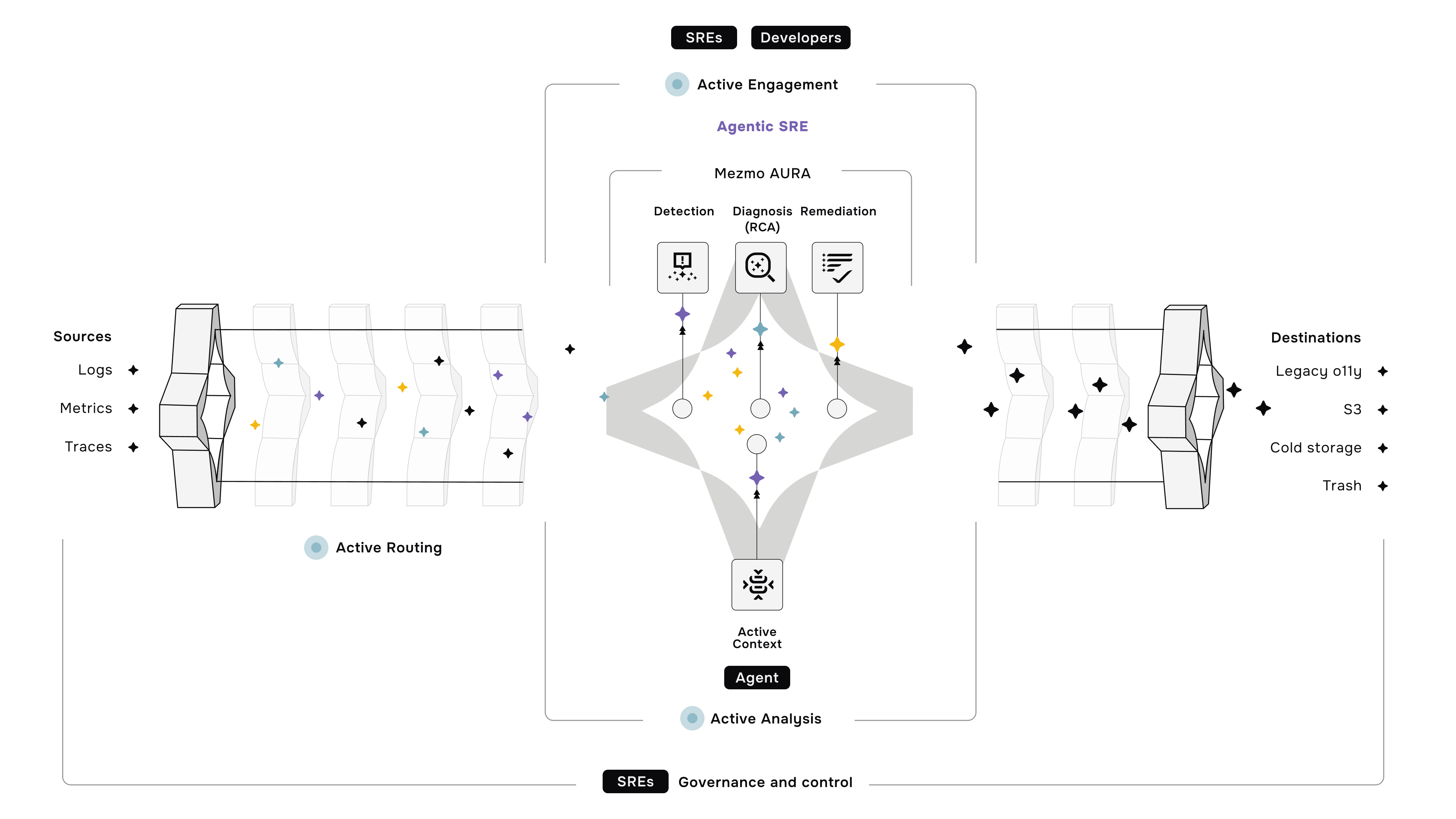






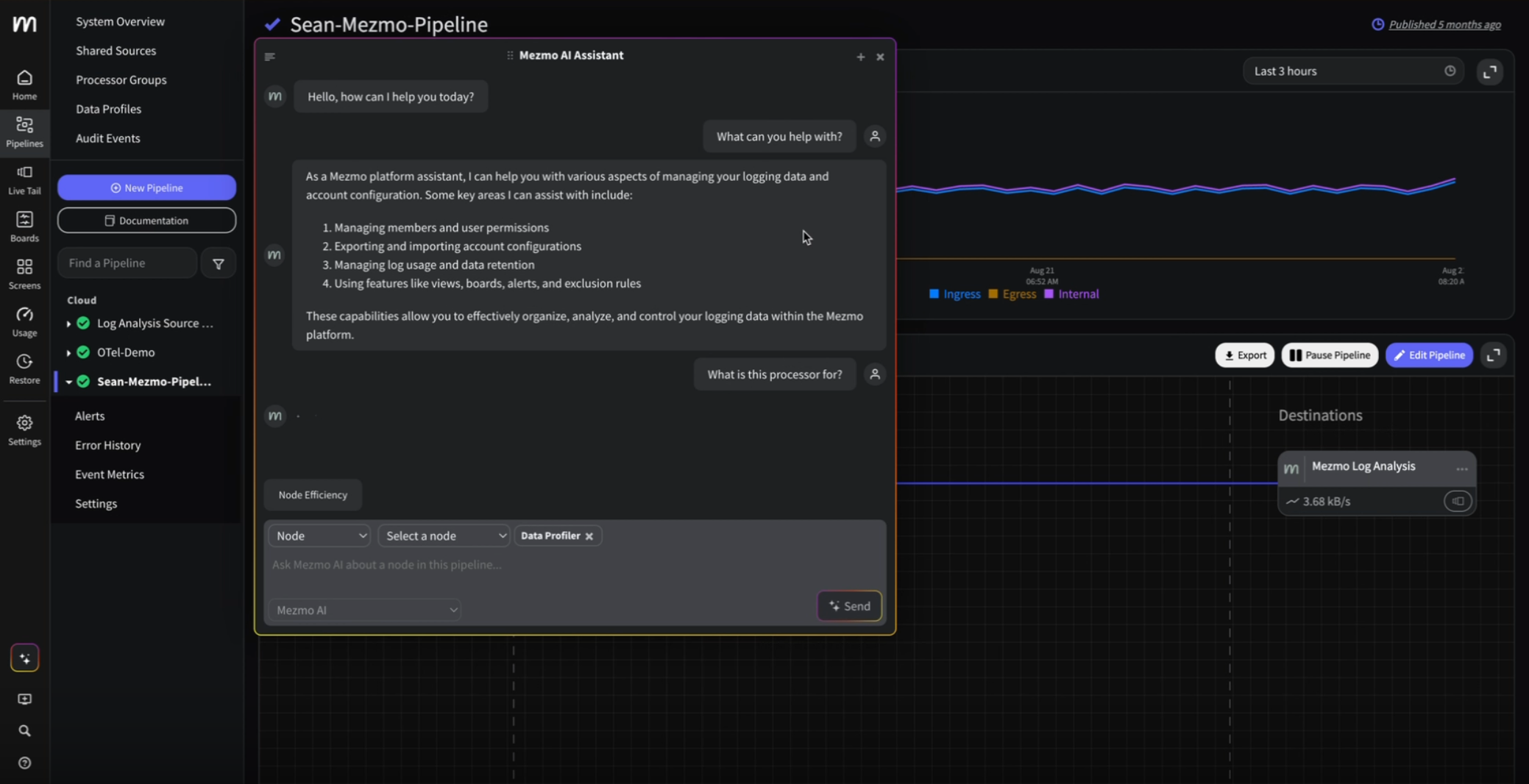
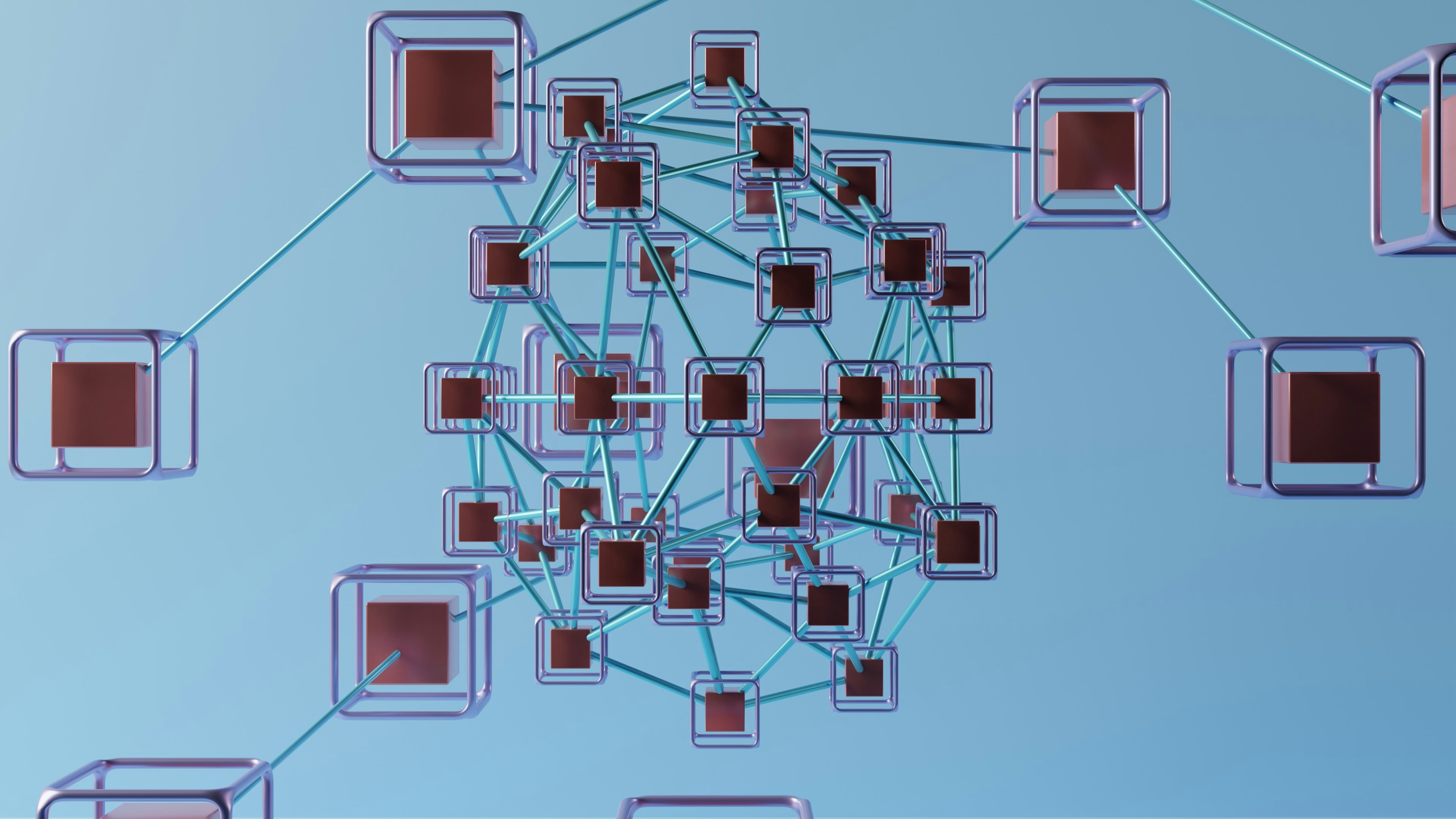

.png)




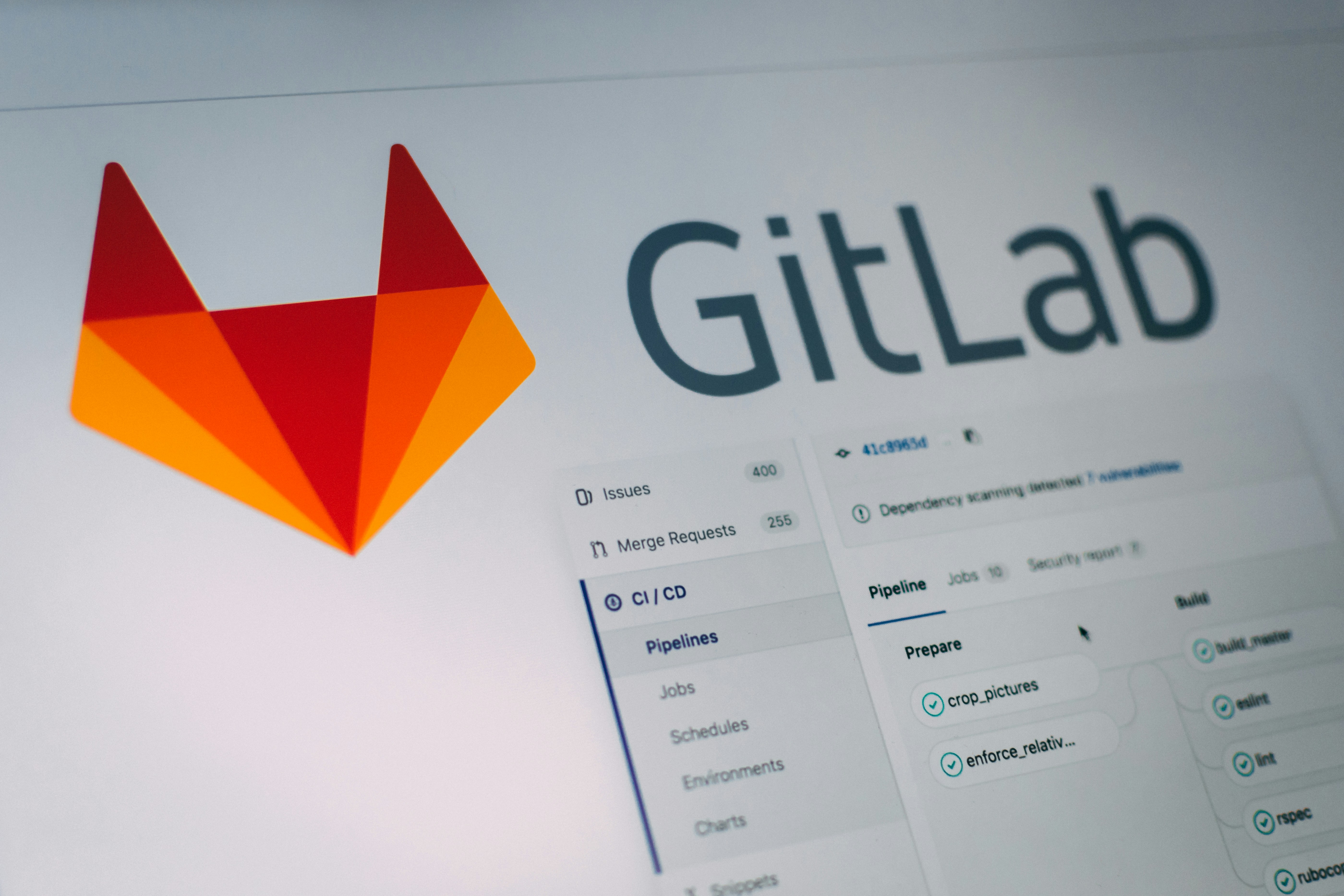
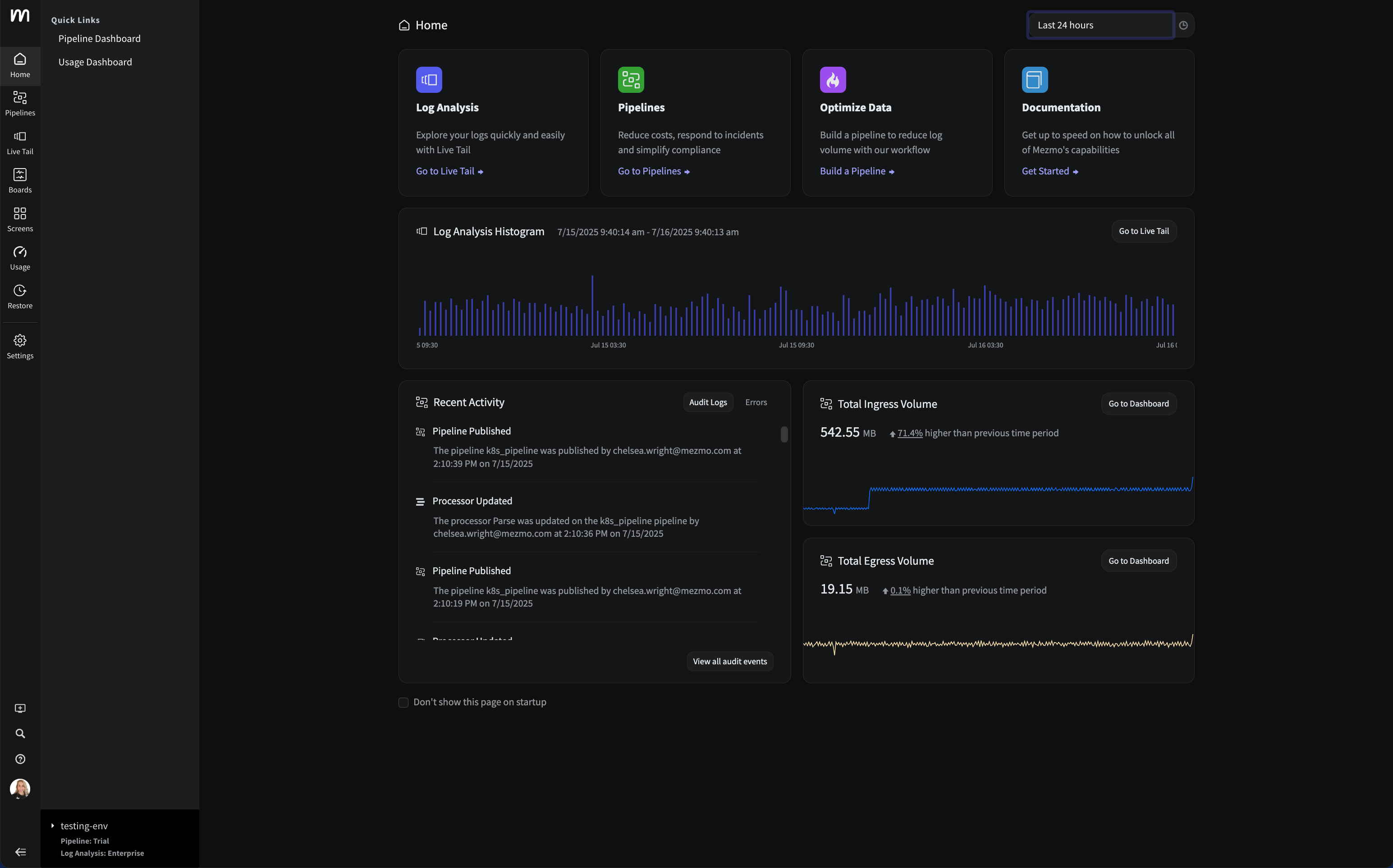


















.png)





































































